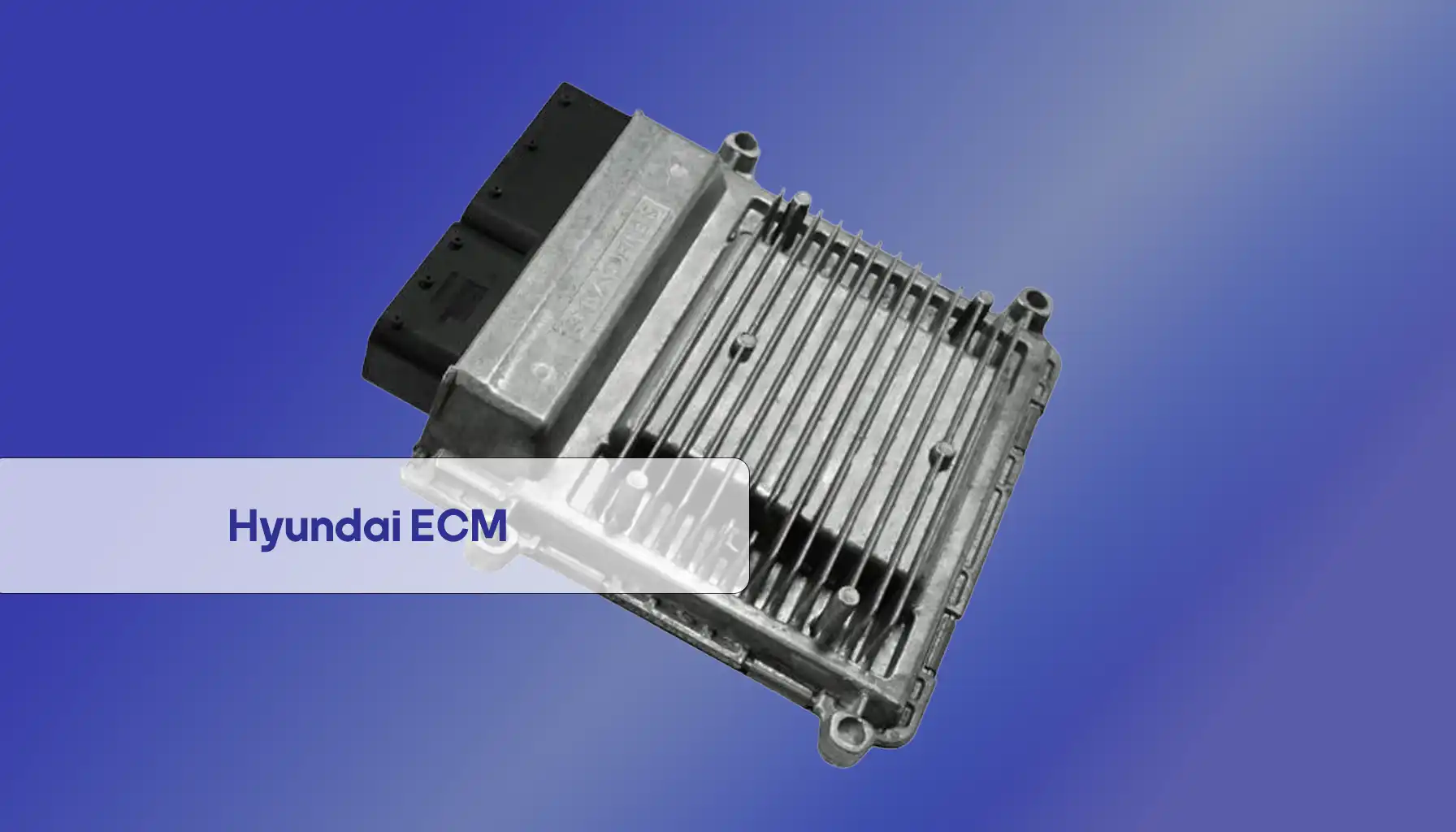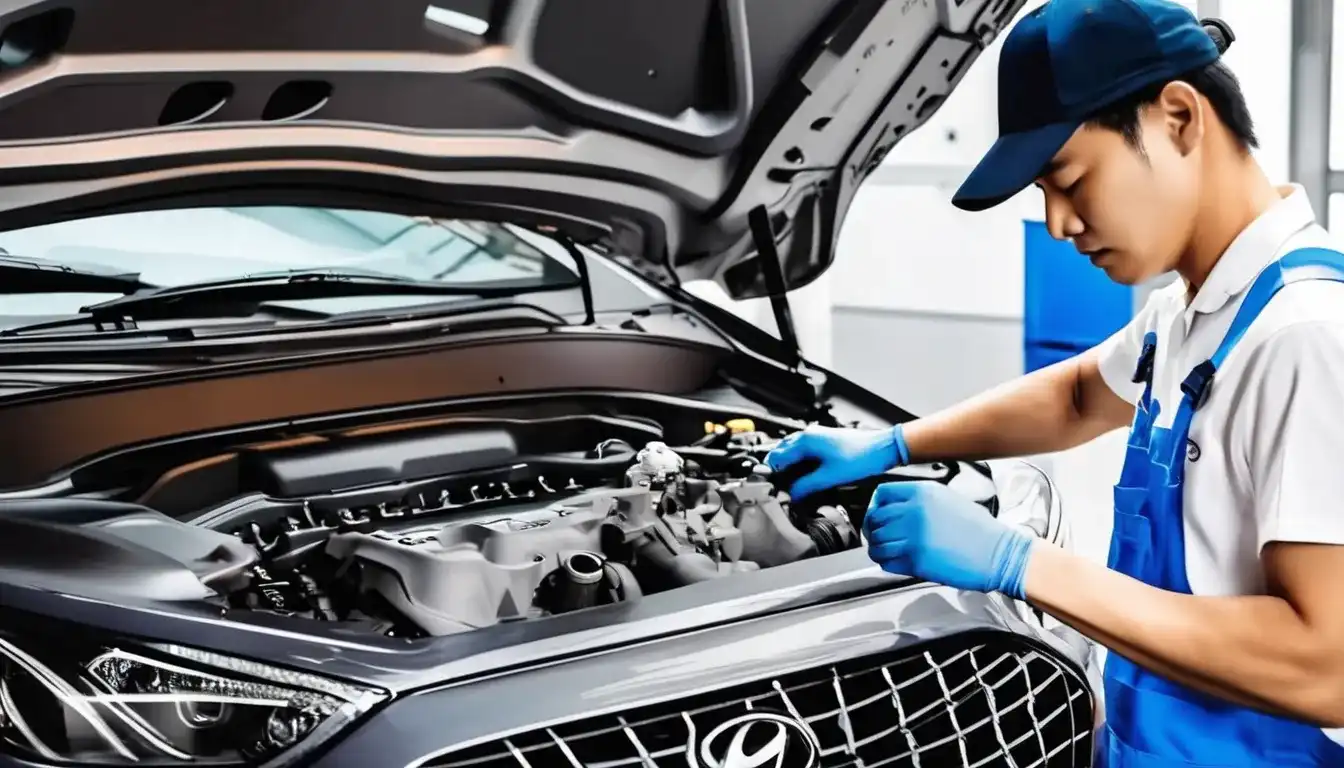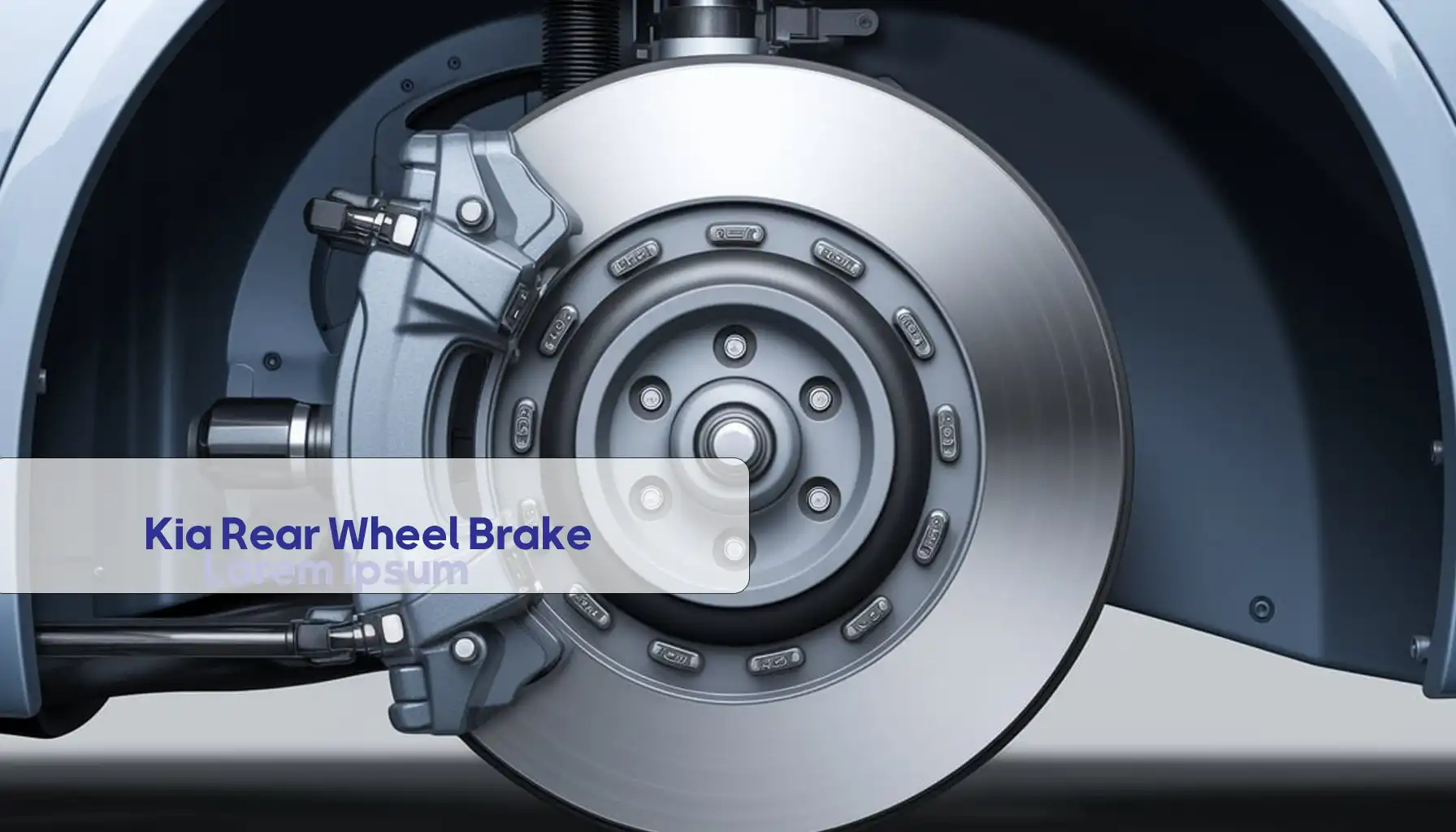Few things are as shrouded in mystery as the inner workings of an internal combustion engine, even to many daily drivers. However, knowledge of the core components of an engine will provide one with a very good overview of how power is created and moved down to your car’s wheels. Two key pieces of any engine are the camshaft and crankshaft.
Both ensure the running of the engine, but they entail very different functions. In this in-depth blog, we are going to show the detailed camshaft and crankshaft, independent functions, how they interact with each other in an engine, and why knowing them is important for any car enthusiast and professional mechanic.
First and foremost, one must appreciate the roles that each of these parts plays in the engine; The camshaft and crankshaft, though often spoken about in unison, both play a vital role, each instrumental to the right functioning of every vehicle’s engine.
What’s the Role of the Crankshaft
At the heart of any engine, one would find the crankshaft; a mechanical part whose purpose it serves to convert the linear motion from the pistons into rotational motion. If there had not been a crankshaft within an engine, the energy released inside the engine cylinders would have served absolutely no purpose, since wheels on a vehicle do need some sort of rotational force if it is to advance. The crankshaft is its main function-to further convert this linear piston motion into rotational energy.

The crankshaft has main journals for support in the engine block. These are very important to keep it stable and not pop out from the crankshaft during operation. The crankshaft also contains rod journals to which the connecting rods link, fastening the pistons. When the piston is going up and down inside the cylinder, the connecting rod pushes and pulls on the rod journal, making the crankshaft turn. we recommend read more about crankshaft material.
This energy conversion is one of the most vital processes that give way to the running of the vehicle. Each cycle of the pistons by the crankshaft imparts the mechanical force needed at the wheels. While discussions are held concerning the camshaft and the crankshaft, it has to be put into thought that the crankshaft plays a very crucial role in energy conversion from raw energy in the combustion of fuels to usable movement.
- Hence, in nutshell, the role of Crankshaft will be highlighted as under:
- It converts the linear motion coming from the pistons into rotational motion.
- Drives the vehicle through rotational energy in the wheels.
- It contains the main journals, which support it and keep it stable within the engine block.
- The rod journals are connecting points for the connecting rods, which help translate the motion of the pistons.
- Central in the process of converting fuel combustion into mechanical movement.
The Camshaft – Timing is Everything
While the crankshaft is in charge of converting motion, the role of the camshaft is not less important. If the crankshaft ensures movement, the camshaft provides precision. The camshaft operates the opening and closing of the engine valves; hence, it commands when both the intake and exhaust valves will operate during the running cycle of the engine. An engine would not be able to manage properly either the intake of air and fuel or the expulsion of exhaust gases without the use of a camshaft.

The lobes are raised sections along the shaft that push against the engine valves, producing precise timing. These will be pushing the valves open to let in air and fuel or exhaust gases out as it rotates. Perfect timing is needed for valve operation, and this becomes critical with the performance of an engine. Incorrectly timing the opening of valves by a camshaft may lead to some serious issues that may just turn out disastrous: misfires, low power, or even an outright failure of the engine itself.
Aside from the lobes, the camshaft is supported by bearings at its rotation. This is how the friction will not be too great to allow continuous operation of the camshaft. There would not be much wear and tear this way, and this is what makes the camshaft so valuable in any engine system: basically, the perfect timing that it can impart on valve operation.
So, the role of the camshaft is:
- Controls the proper time for opening and closing intake and exhaust valves.
- Uses lobes to push on and open valves at exactly the right time in the engine cycle.
- Works together with the crankshaft for correct valve timing.
- Facilitates engine performance by maintaining the proper intake of air-fuel mixture and expulsion of exhaust.
- This, in turn, is supported by bearings for smooth rotation with less friction.
If you are looking for a crankshaft for Hyundai in Dubai, then we can provide you with a full range for your vehicle’s needs. We keep a range of top-quality crankshafts for each model type, which are highly reliable in performance and service delivery. For repair or maintenance purposes, the crankshafts ensure smooth engine performance and efficiency. Feel free to contact us for more information about competitive prices and availability.
How Does the Camshaft and Crankshaft Work Together?
While the camshaft and crankshaft do two different things, together they are where the magic happens in respect to the engine. They must both work in harmony for good, smooth, efficient running of the engine. Synchronization between the camshaft and crankshaft involves either a timing belt or timing chain, which makes sure these two rotate in tandem.

The two are interfaced such that the camshaft must open and then close the intake and exhaust valves at specific instances correlated to moving pistons, the latter being driven by the crankshaft. In most engines, during each two rotations of the crankshaft, the camshaft undergoes one full rotation. This 2:1 ratio provides that the intake and exhaust valves will operate in concert and synchronize with a four-stroke cycle in the engine.
Far from being a passive link between the two shafts, the timing belt or chain has the crucial role of synchronizing the camshaft and crankshaft. If the timing belt or chain wears out or becomes misaligned, then the camshaft and crankshaft can fall out of their synchronization, causing disastrous consequences to the engine. Proper maintenance and replacement of the timing mechanism when necessary are key factors in caring for and sustaining the life of an engine.
If you are looking for the purchase of Hyundai or Kia camshaft in Dubai, you have come to the right place. Whatever your needs may be, for repair or improvement, Arsintrading in Dubai have superior quality camshafts built to ensure great working performance. We can offer products and all Hyundai Parts in Dubai as well as Kia parts, making sure of perfect fitting and durability for a long period of time for top, best naming brands. Feel free to get in touch with us for more information on what we have in stock and its availability.
Involvement in the Engine Cycle
Both the camshaft and crankshaft are completely involved with the engine’s operation regarding the four-stroke cycle. The four-stroke cycle mainly includes intake, compression, power, and exhaust. All these stages must be strictly timely and coordinated between the camshaft and crankshaft if the engine is to perform properly.
During the intake stroke, the camshaft opens the intake valve and the air-fuel mixture rushes in. At this stage, the crankshaft moves the piston down to create a vacuum that sucks the mixture inside.
Next in sequence is the compression stroke: both valves are closed, and the piston moves upward, compressing the air-fuel mixture. This phase is particularly crucial to creating the right pressure for combustion.
During the power stroke, the air-fuel mixture ignites, which pushes the piston further down and turns the crankshaft. That is where the crankshaft does its real magic: converting the force of combustion into rotational energy that can power the vehicle.
Lastly, the top-exhaust stroke takes place when the camshaft opens the exhaust valve to let out the gases from the cylinder. Rotation of the crankshaft also causes the piston to rise and push the gases upwards.
Understanding the role of the camshaft and the crankshaft in this cycle is very important for anyone trying to enhance engine performance or diagnose any issues in the functioning of the engine. In fact, the two are supposed to be so perfectly timed and synchronized that the engine would run with complete smoothness and efficiency.
in a nutshell, the main Difference Between Camshaft and Crankshaft is:
- Crankshaft Transfers the reciprocating motion of the piston into rotational energy, but Camshaft controls the proper time of opening and closing the valves.
- The crankshaft powers the wheels, while the camshaft is responsible for opening and allowing air and exhaust to pass through the engine.
- As a result of the 2:1 ratio in the timing mechanism, the camshaft rotates at half speed compared to the crankshaft.
- They both are timed by a timing belt or chain, yet they differ in function when it comes to the running of an engine.
Why Camshaft and Crankshaft Timing is Important to Be Maintained
Care for both the camshaft and crankshaft are important in good maintenance, ensuring that any engine will last long and perform effectively. The most frequent malfunction to be encountered due to their poor care is the failure of the timing belt or chain. Due to wear out or misalignment of the timing mechanism, the camshaft and crankshaft may fall out of sync, leading to severe engine damage which may include bent valves or piston damage.
These problems can easily be avoided by changing the timing belt or chain as suggested by the manufacturer. Regular checks and maintenance may also prevent expensive repairs since in most cases, these checks will help to prevent problems before they escalate into large engine problems.
Conclusion
In summary, the camshaft and crankshaft are certainly two of the most important parts of any internal combustion engine. The crankshaft converts the linear motion of the pistons into rotational energy, and the camshaft ensures that the valves actuate at the right time.
Both work in conjunction to achieve smooth functioning of the engine and excellent power delivery. A little knowledge of what they are, how they interact, and how maintenance is essential will go a long way in keeping your engine running very well for years to come. For the car DIYer or a professional mechanic, knowing the difference between the camshaft and the crankshaft is Engine Mechanics 101.



